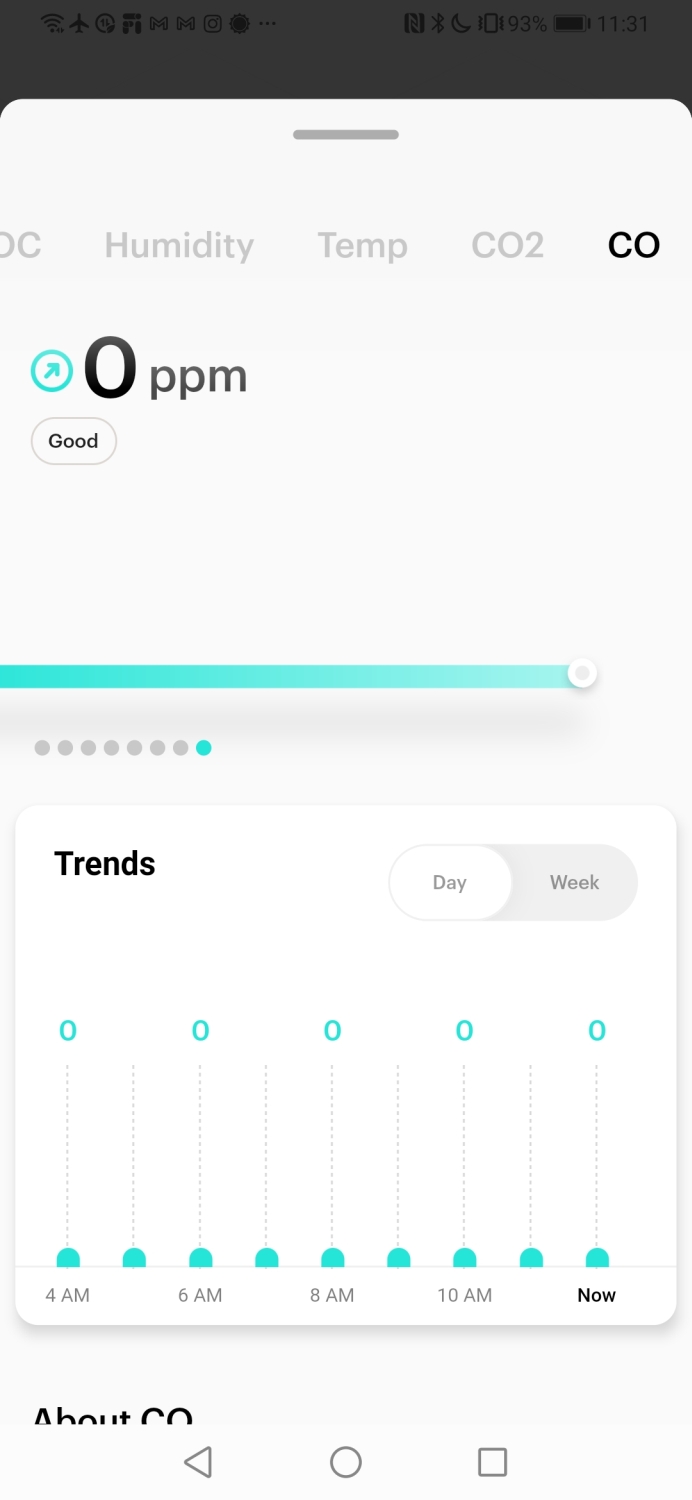I get plenty of pitches for air purifiers. That shouldn’t be a shock given how they were in huge demand all throughout last year. Before the pandemic, I don’t think even one of my friends or family members owned one, but now they’re just about everywhere — including small businesses that want to do their due diligence to protect customers.
While studies haven’t been concrete about their effectiveness with combating the coronavirus, the EPA states that they can help reduce the potential for airborne transmission of the virus indoors — albeit, when they’re used in conjunction with other best practices recommended by the CDC. Everyone is taking all the precautions they can and I’m all for using air purifiers in the home. Better safe than sorry, right?

Recently, I’ve been using the Mila air purifier in my apartment. It’s not the first, nor is it the last one I’ll check out either. What astounds me about it is that it’s smarter than many other air purifiers I’ve come across. It’ll clean the air I’m breathing, but more importantly, it monitors one thing that can potentially kill you at home.
The other invisible killer
Carbon monoxide. It’s the other invisible killer that can kill you. We’ve all heard stories about fatalities due to carbon monoxide, but long term exposure at low doses can prove harmful as well, which is why I appreciate the Mila air purifier more than others I’ve checked out. Fundamentally, it functions just like any other before it by sucking up the surrounding air, putting it through various filtration systems, and then releasing fresh air back into the room. It’s that simple!
Setting itself apart from the general pack is Mila’s ability to also monitor the air quality of your home. There are dedicated gadgets that can do this, like AirThings’ various sensors, but it’s convenient to have it all integrated here — plus, that means one less app to manage. In fact, it goes beyond the traditional air purifier because it monitors for particulate matter in the air: VOCs (volatile organic compounds), temperature, humidity, and CO2. Similarly, Dyson’s line of fans and humidifiers track for particulate matter as well, such as the Dyson Pure Humidify and Cool, but they cost a pretty penny.
Still, Mila’s ability to monitor carbon monoxide sets it apart from most air purifiers. Very few offer this ability, so if you own an unvented gas heater or stove, you really should invest in a carbon monoxide detector. Mila does this, while also monitoring and cleaning the air around it. The unit itself has a display on it that shows the air quality level in the room, along with controls to adjust the level to my liking. However, you can view granular details through the Mila app for mobile. It breaks down all of the stuff it’s monitoring, like humidity, air quality, and yes, even CO levels.
So far, it has been reading at a steady 0 ppm for carbon monoxide in my home, but even if I may not be constantly worried about it, knowing the fact that it is tracking levels regardless is reassuring. Even though there hasn’t been any detection yet, I’m told that Mila will display a warning and even emit a beep to indicate detection. This silent killer isn’t one to mess around with, more so when there have been countless news reports about carbon monoxide poisonings unintentionally happening in homes. But the app does a nice job of arranging all the information it gathers, so I’m better able to determine culprits of low air quality — like right after cooking in the kitchen or using harsh cleaning detergents.
You should be able to trust an air purifier
One of the major contentions I have with most air purifiers is that they just do their thing, with no way for any of us to validate whether they’re accomplishing the task they’re meant to do. We just have to trust that they’ll do the job. Yet, it’s that blind faith that has compelled consumers to gobble up air purifiers during the pandemic.

Measuring the effectiveness of an air purifier is nearly impossible, but data gathered by sensors accustomed to monitoring specific particulates certainly helps to establish tangible results. That’s partly why I have more trust in Mila than some other air purifier that’s just filtering the air and nothing more. That’s not to discredit some of the other particulate matter that it monitors, especially when VOCs can prove to be equally harmful. But I sleep at night knowing that if ever there’s a smidgen of carbon monoxide in my apartment, Mila is there to track all of that data.
Data collection is crucial in my opinion with these small appliances, because, despite their claims of performing a job, filtering the air in this case, the data that a connected air purifier like Mila obtains provides me with some degree of validation.






